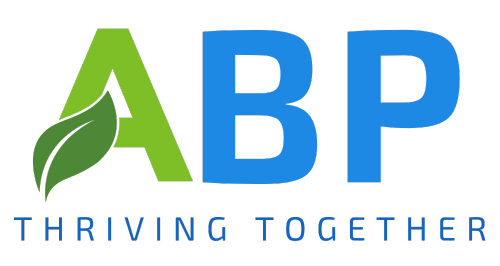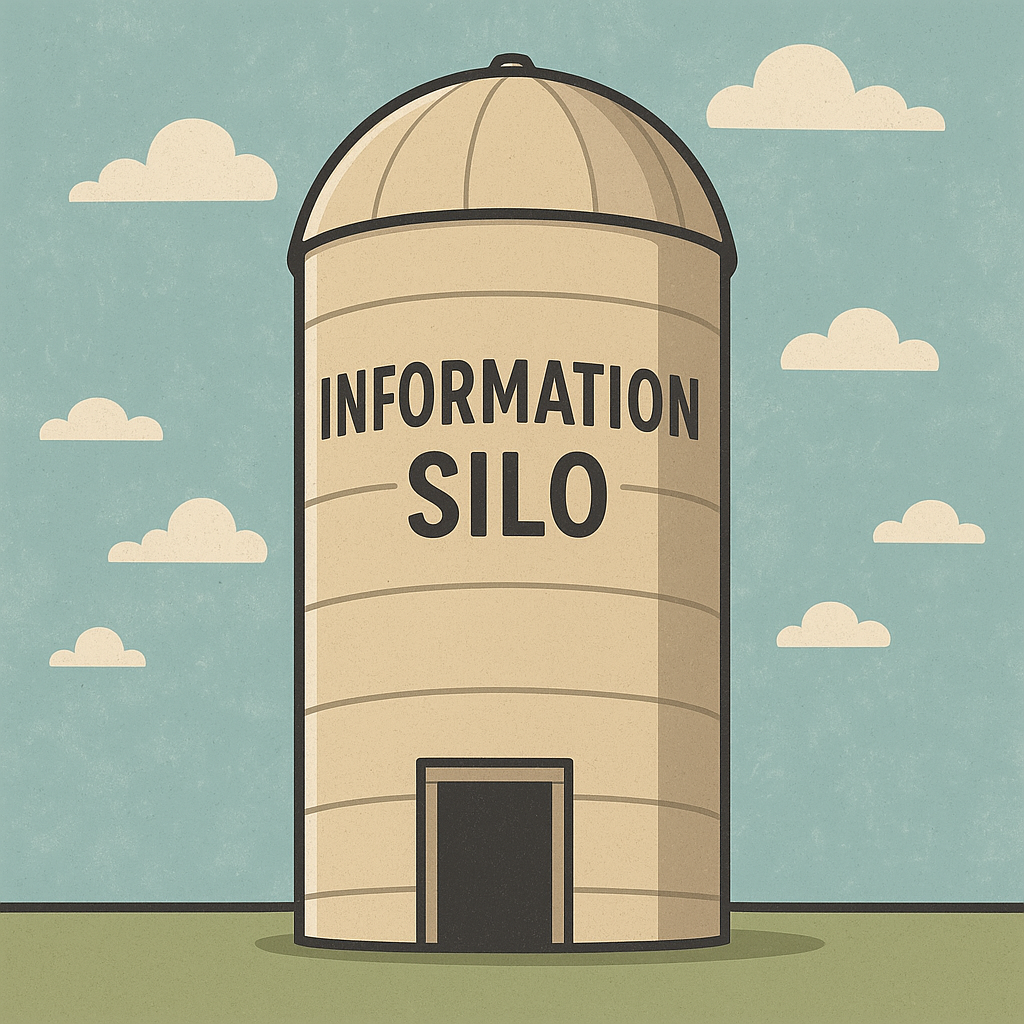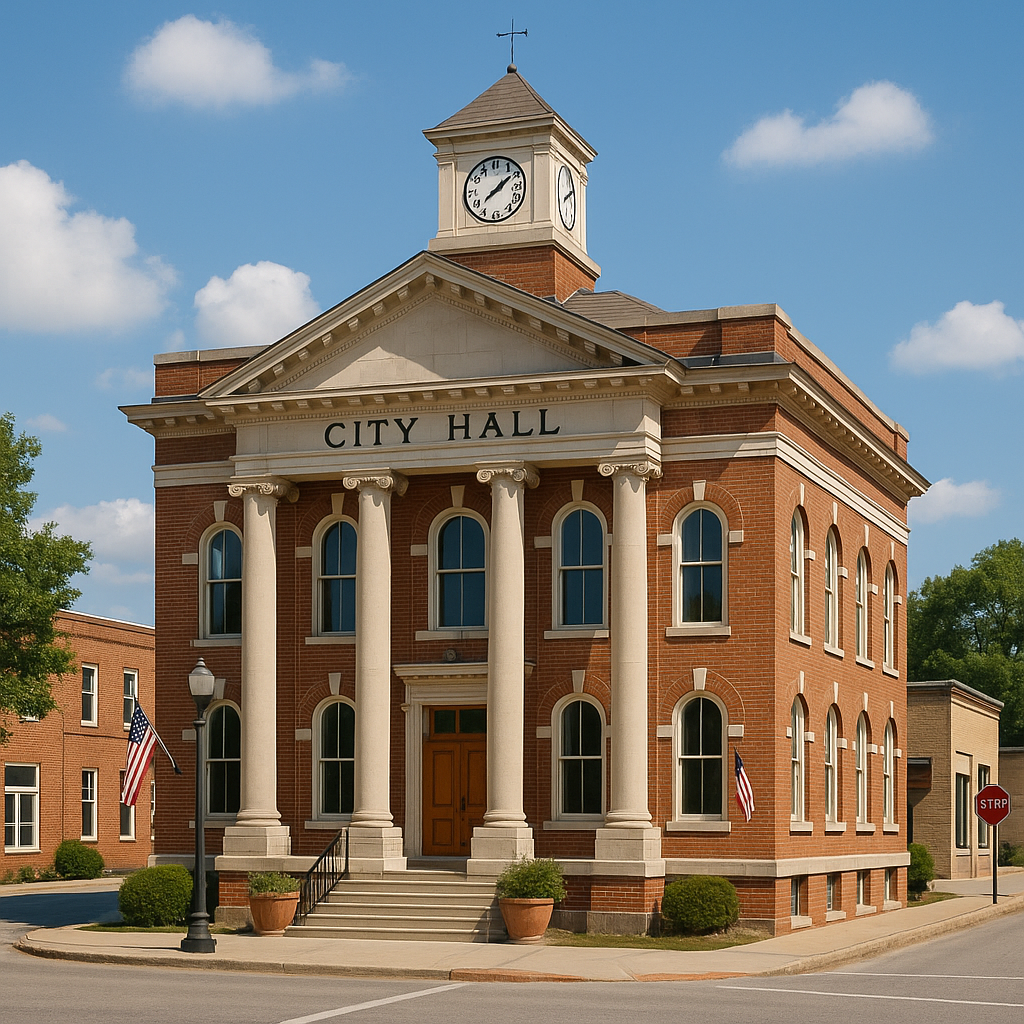You’ve Entered the Entertainment Zone (Part 2)
Has anyone ever hired a third party to analyze the financial impact of Entertainment Zones?

PRIOR RECAP IN SERIES
Why is it impossible to find a study on the financial impact that Entertainment Zones have on cities and community safety? A study that includes both the financial benefits and detriments.
An oversaturation of alcohol businesses in an area negatively impacts the profitability of those businesses.
An alcohol business that is financially struggling has the potential to become a much higher safety risk to customers and the community.
The official who approved publication of NYC’s Nightlife Economy—Impact, Assets, and Opportunities report should be fired, replaced by anyone who has ever worked at 3M.
Fullerton intentionally grew the number of alcohol businesses in their Overlay District to 49, significantly increasing foot traffic and the problems, resulting in the 49 businesses creating an annual deficit of close to one million dollars.
Short on Time? Skip to the Recap Below!
The San Francisco Experience
The smashing success of San Francisco’s entertainment zone experiment fueled the passage of Senate Bill 969, California’s new Entertainment Zone law. Celebratory crowds--most drinking--packed the streets, driving up sales for the alcohol businesses within the party zone.
While my gut tells me this one-off event in San Francisco was a net financial gain for the city, it’s still important to know:
— If it really was a financial winner for the city. In other words, what were the added expenses resulting from the event?
— How did the event impact community safety? The data is there, but someone needs to review and share it.
— How much did funneling so many people into this event negatively impact other alcohol businesses in the city?
A driving force behind Entertainment Zones is getting customers to return to the alcohol businesses that line downtown city streets. I get it. For my friends who live in SF and LA, the amount of homelessness in the area significantly influences where they go to eat and drink.
As I said in Part 1 of this article, I am not against the concept of Entertainment Zones. To maximize the chances that an Entertainment Zone is positive for all stakeholders, consider documenting a Project Justification report. The report would include a cost-benefit analysis and a safety analysis that identifies risks and mitigation plans.
Risk mitigation is the perfect segue to discuss what California documented in Senate Bill 969 to ensure public safety is guarded in Entertainment Zones. How did the State do?
The short answer:
“An amazing job! Impactful state requirements were documented, while also providing cities with factors to consider when defining local controls and conditions,” said no one who read Senate Bill 969.
The Longer Answer
Here are the standard conditions the State places on alcohol businesses operating in an Entertainment Zone:
— “No alcoholic beverages purchased at a participating licensed premises may leave the premises in an open glass or metal container.”
— “Delivery of alcoholic beverages to consumers within the entertainment zone by the licensee or by any third-party delivery service is expressly prohibited unless the delivery is to a residential building or private business that is not a licensee.”
Here is what the State requires of a city or county that establishes an Entertainment Zone:
— “Establish a process or procedure by which persons in possession of alcoholic beverages in the entertainment zone may be readily identifiable as being 21 years of age or older.”
— Communicate to the ABC, “The approved nonglass and nonmetal containers in which alcoholic beverages may be authorized.”
There are additional administrative requirements, but I’ve covered the controls required by the State.
Evidently, the State will be comfortable with whatever additional conditions a city or county does or doesn’t mandate, as long as adults are identified, and no one is drinking from glass or metal containers.
There are zero requirements for businesses, cities, or counties to address:
-Minors drinking alcohol in Entertainment Zone
Staffing from the businesses, cities, or counties to monitor who is drinking the alcohol that is now permitted to leave a business and be consumed in likely large spaces—spaces where the business can’t legally deliver drinks (which would have enabled them to see if minors were consuming alcohol).
-How overservice and overconsumption will be controlled in Entertainment Zones.
Staffing from the businesses, cities, or counties to identify obviously intoxicated customers and cut them off from additional drinks. Since servers can’t legally deliver drinks, there won’t be eyes on those drinking outside.
-Limiting customers who are leaving premises with alcohol to only one drink, and selling only one alcoholic drink at a time.
As the law is written, a customer can order a dozen (or more) shots made from Bacardi 151, exit the business, and share with whomever that customer chooses, with no monitoring. Minors or stumbling drunks might get those shots.
-The requirement for ridesharing stations along the perimeter of the Entertainment Zone.
These stations would encourage more attendees to attend the event by ridesharing, which has been shown to reduce DUI crashes. Ridesharing reduces the risk of customers parking in neighborhoods or taking commercial and retail parking.
The ABC website should contain a checklist of Best Practices for Entertainment Zones.
There’s so much more that can be done to protect all stakeholders, starting with using common sense.
The Answers Are Out There
Creating Entertainment Zones offers a tremendous opportunity for government officials, law enforcement, and the alcohol businesses to agree on new operating conditions if an Entertainment Zone is to be approved.
- Conditions that protect city resources, guard public safety, and improve business viability.
This Insight is not designed to list the fifty-plus practices in Best Practices for Nightlife Establishments, and then identify which can be reworded into meaningful conditions, versus those best practices that should be shared but not mandated.
In theory, Lauren and I are not against the concept of Entertainment Zones. We believe:
- An independent analysis of existing ongoing Entertainment Zones would be helpful to cities and counties considering permitting such zones. The analysis would include the city revenue and expenses connected to the zone; the impact on public safety; how businesses were impacted within and outside the zone; and lessons learned from Entertainment Zones.
- Entertainment Zones offer an opportunity for the various stakeholders to agree on new, innovative conditions and practices that benefit all groups.
RECAP
Still asking . . . Why is it impossible to find a study on the financial impact Entertainment Zones have on cities and community safety? A study that includes both the financial benefits and detriments.
San Francisco’s entertainment zone experiment during its 2024 Oktoberfest party was a huge success in attracting customers and supporting local businesses. It’s unknown how it impacted businesses outside of the zone, city resources, and public safety.
The driving force behind the approved Entertainment Zone bill was to attract more visitors to downtown businesses.
The State of California requires minimal from businesses that operate within Entertainment Zones. The State places almost no requirements and provides no meaningful guidance to cities or counties approving Entertainment Zones.
Entertainment Zones should be independently studied for their impact on city resources, public safety, and businesses inside and outside the zone.
Entertainment Zones offer a unique opportunity for all stakeholders to agree on new, innovative conditions and practices that benefit all parties.









